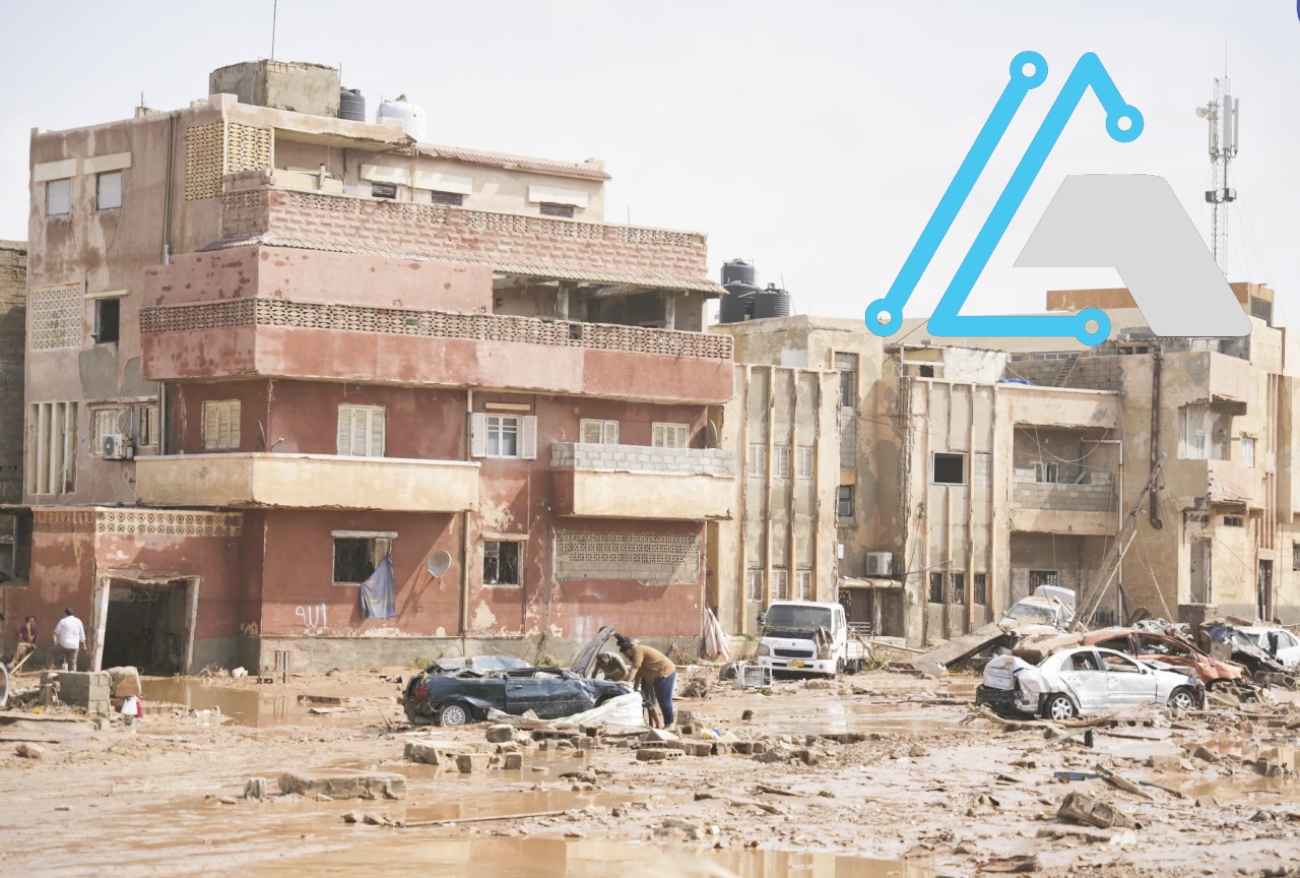Tragedy Unfolds: Catastrophic Flooding Claims Lives and Homes in Libya
The Catastrophic Flooding:
Libya, a country primarily covered by arid deserts, is not typically associated with heavy rainfall and flooding. However, in recent years, climate change has disrupted weather patterns worldwide, leading to erratic and extreme weather events in unexpected places. Libya, unfortunately, has not been immune to this global phenomenon.
The catastrophe unfolded as heavy rains lashed various parts of the country, causing rivers to overflow, dams to break, and entire communities to be engulfed by rising waters. The scale of the disaster quickly overwhelmed local authorities and emergency services, leaving countless residents stranded, homes destroyed, and livelihoods washed away.
The Human Toll:
The human toll of this disaster is immeasurable. At least 2,000 lives have been lost, with countless families left grieving for their loved ones. Moreover, an estimated 10,000 individuals remain unaccounted for, raising concerns about their safety and well-being. The missing are not only a source of anguish for their families but also highlight the challenges of search and rescue efforts in the aftermath of such a catastrophic event.
The displaced population, those fortunate enough to survive the floods, now face an uncertain future. Homes, infrastructure, and farmlands have been ravaged, leaving communities in dire need of shelter, food, clean water, and medical assistance.
Causes and Climate Change:
The catastrophic flooding in Libya is not an isolated incident but rather a stark reminder of the global climate crisis. Rising temperatures and changing weather patterns have increased the frequency and intensity of extreme weather events, including floods and droughts. Libya, with its limited resources and infrastructure, is ill-prepared to deal with the consequences of such disasters.
Climate scientists have been warning for years that unchecked carbon emissions and deforestation are pushing our planet toward a point of no return. Events like the flooding in Libya are tragic manifestations of these warnings, and they serve as a wake-up call for the international community to take meaningful action to mitigate climate change.
International Response:
In the wake of this catastrophic flooding, the international community has rallied to provide humanitarian aid and support to Libya. Various countries and organizations have dispatched relief teams, emergency supplies, and financial assistance to help the affected population.
However, the long-term recovery and rebuilding efforts in Libya will be a daunting task. The nation's infrastructure needs significant rehabilitation, and communities must be empowered to build resilience against future climate-related disasters.
Conclusion:
The catastrophic flooding in Libya, resulting in the loss of thousands of lives and the displacement of countless families, is a heartbreaking reminder of the urgent need to address climate change. This tragedy should serve as a catalyst for global action to reduce carbon emissions, protect vulnerable communities, and build resilience against the ever-increasing threats posed by a changing climate. In the immediate aftermath, it is imperative that the international community continues to provide aid and support to the people of Libya as they embark on the long road to recovery and healing.
Code As1190



Comments
Post a Comment